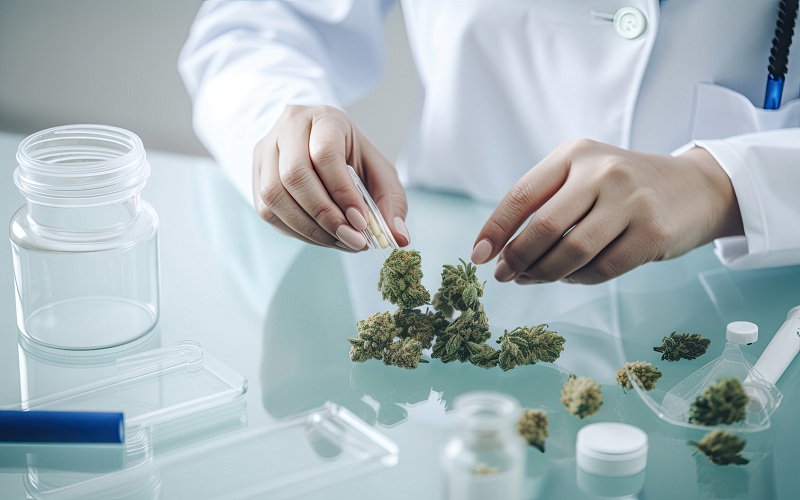When the topic of relieving chronic pain with cannabis comes up, most people think about marijuana or THC. This is with good reason. Medical Cannabis – a.k.a. Medical Marijuana – is used primarily as a treatment for chronic pain. At all of the pain clinics operated by the founders of the Utahmarijuana.org website, pain is the number one concern among patients looking to get their medical cannabis cards.
However, marijuana and THC are not the only forms of cannabis that can help chronic pain. CBD and CBDA are two more. According to a reader survey commissioned by The Cannigma and conducted in partnership with MoreBetter, a CBDA topical medication proved effective as a pain reliever.
CBDA vs. CBD
To provide some clarity here, it is necessary to discuss the differences between CBDA and CBD. CBDA, also known scientifically as cannabidiolic acid, occurs naturally in hemp plants. You can also find it in marijuana plants in lower volumes. CBD, also known as cannabidiol, is a decarboxylated form of CBDA.
Decarboxylation is the process that removes the carboxyl group (the acid) from CBDA. You get CBD as a result. Likewise, decarboxylating THCA produces THC. The easiest and most effective way of achieving decarboxylation is through the application of heat.
Both CBD and THC have been investigated as possible medications for treating chronic pain. And in fact, more than three dozen states have already approved medical cannabis and THC-derived products for pain management. But what about CBDA?
A 40% Reduction in Pain
The folks over at The Cannigma were interested in knowing how effectively a popular CBDA lotion really works as a pain reliever. They got together with MoreBetter to test the product with the help of 62 participants. The test program lasted for four weeks. Each participant was offered a topical product containing 250 milligrams of CBDA.
In order to measure effectiveness, researchers relied on the common PEG and WHO-5 scales for self-reporting pain. Based on the PEG scale, participants reported a mean score of 5.89 for general activity, pain interference, and quality of life at the start of the study. The score dropped two 3.49 by the end of the fourth week, representing a 40% reduction in pain.
As for the WHO-5 index, it measures wellbeing. On a scale of 0-100, participants reported a mean score of 40 at the beginning of the study and nearly 50 at the end. A total increase of 9.6 points demonstrates a general opinion of better wellbeing.
A Limited Study
The study was limited in nature as reported by researchers. Most importantly, there was no control group. All 62 participants were given the product, asked to use it, and then asked to report their pain. In addition, relying on such a small sample means the results cannot be considered unequivocal. Yet they are still worthwhile invalid.
Both researchers and The Cannigma personnel point out that real world data differs from clinical data by design. Without getting into the details of those differences, real world data is just as important to understanding medical efficacy as its clinical counterpart. Whether the discussion is medical cannabis, CBDA, or any other novel treatment or therapy, real world data should never be ignored.
While the experts debate real world data, at least a small number of consumers verify that CBDA can be an effective treatment for chronic pain in a topical solution. The best part of all is that CBDA products are completely THC free. For someone looking for cannabis-based pain relief without THC consumption, a CBDA lotion offers the best of both worlds.

